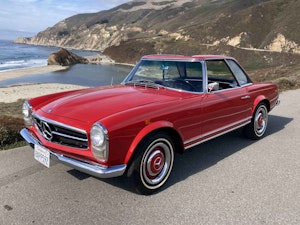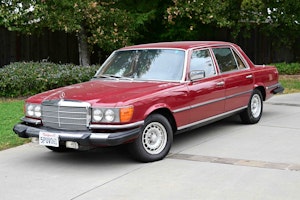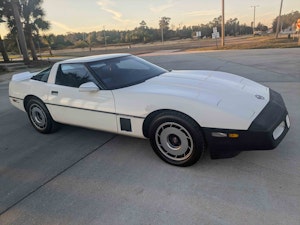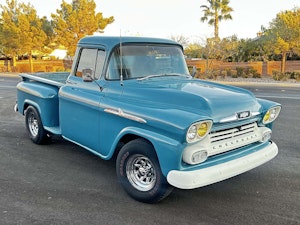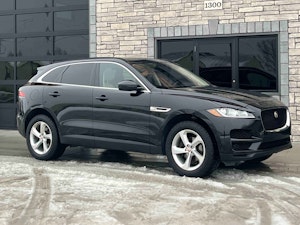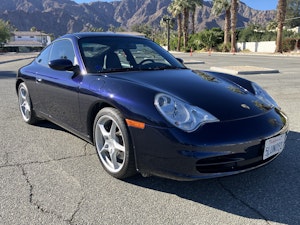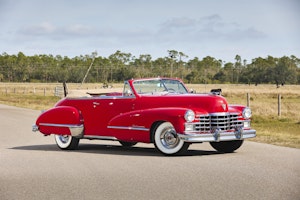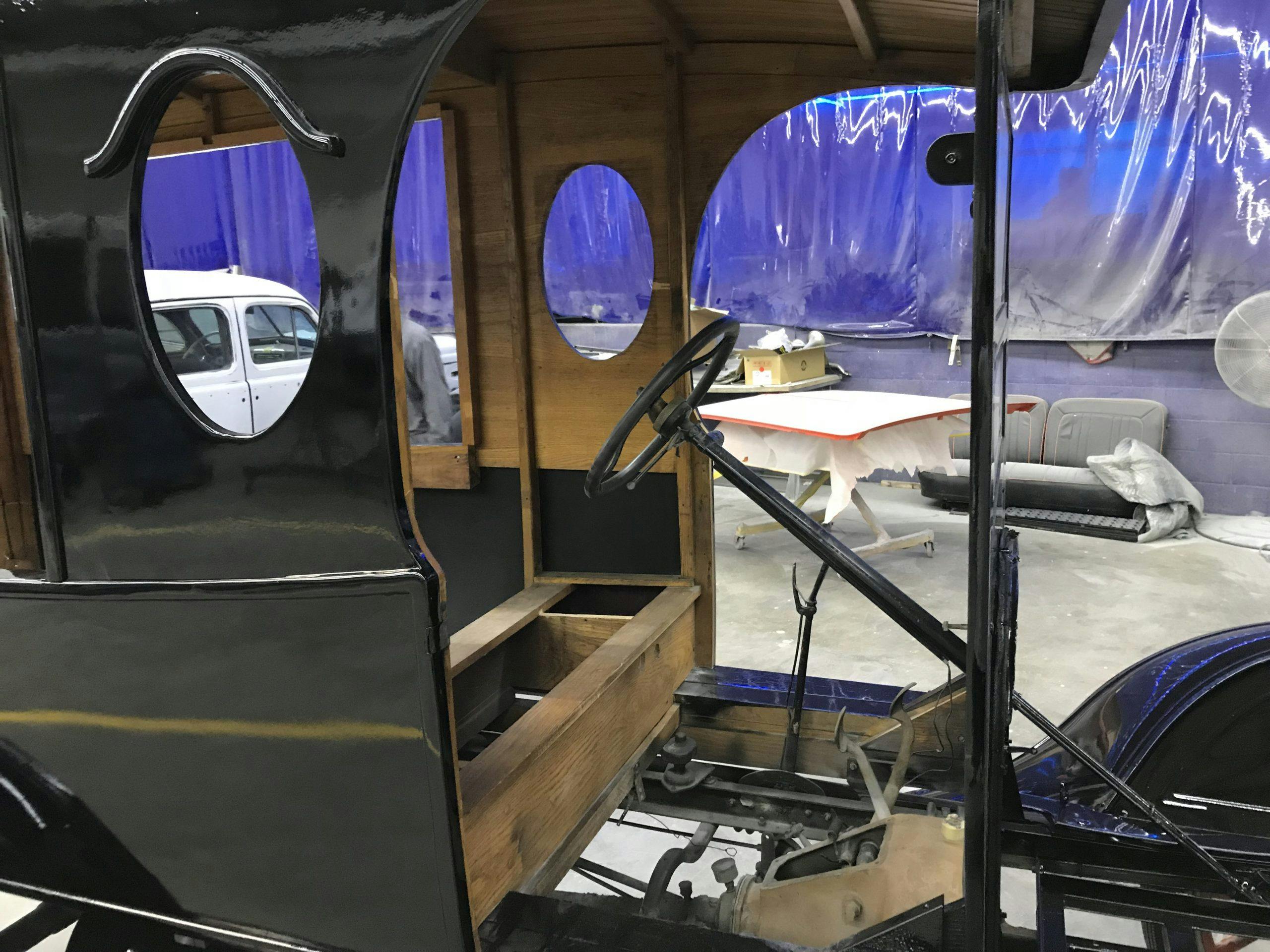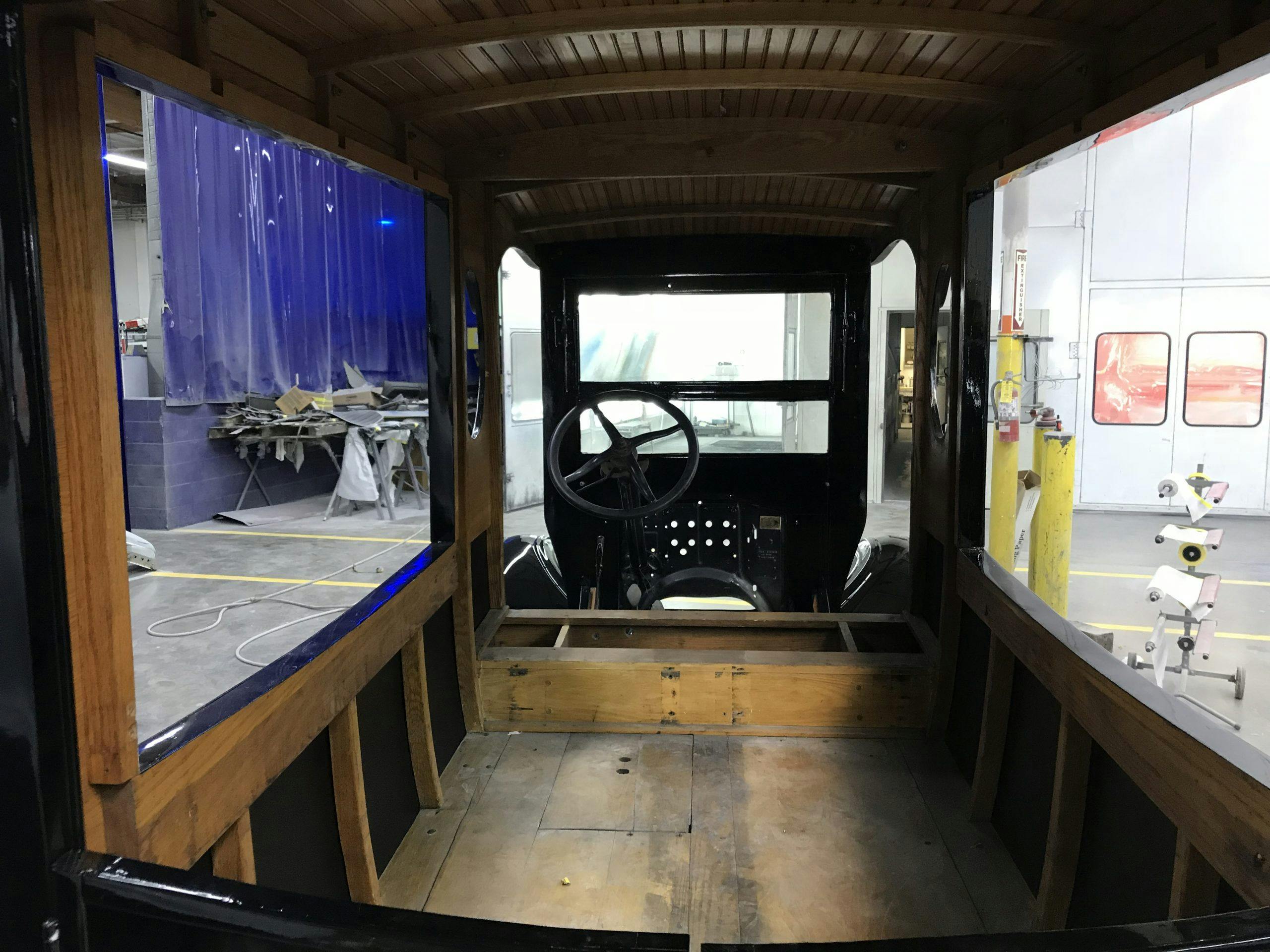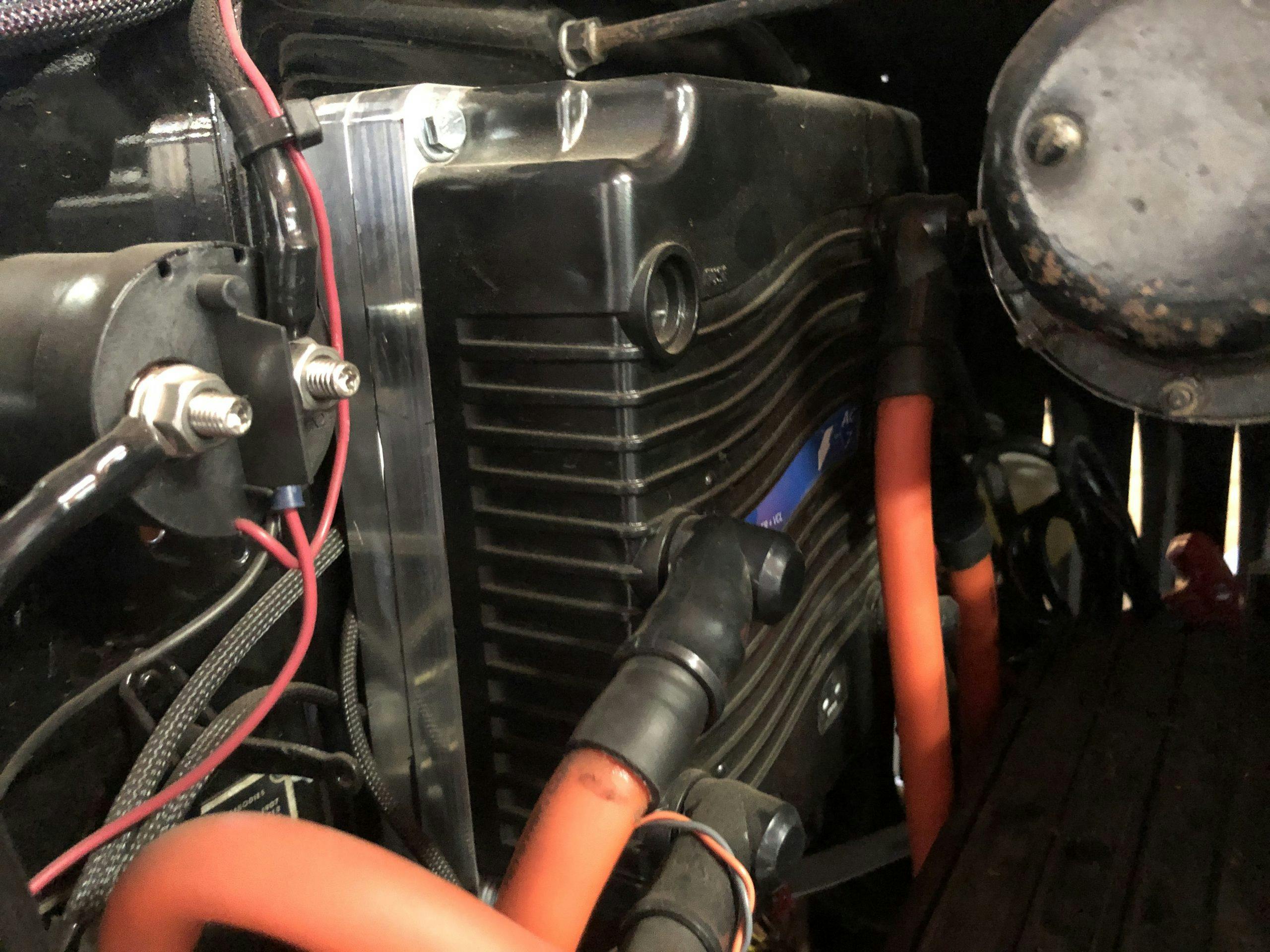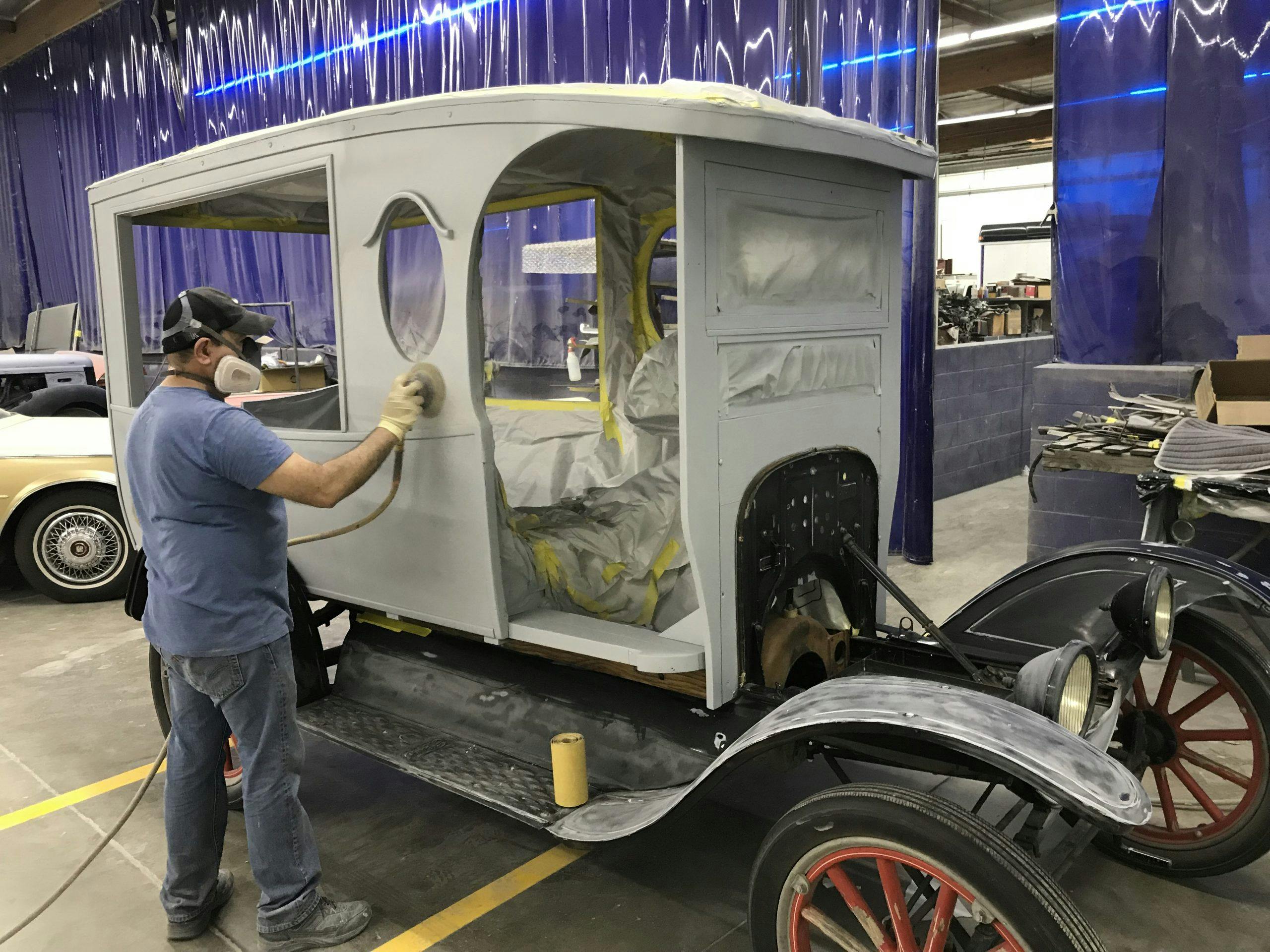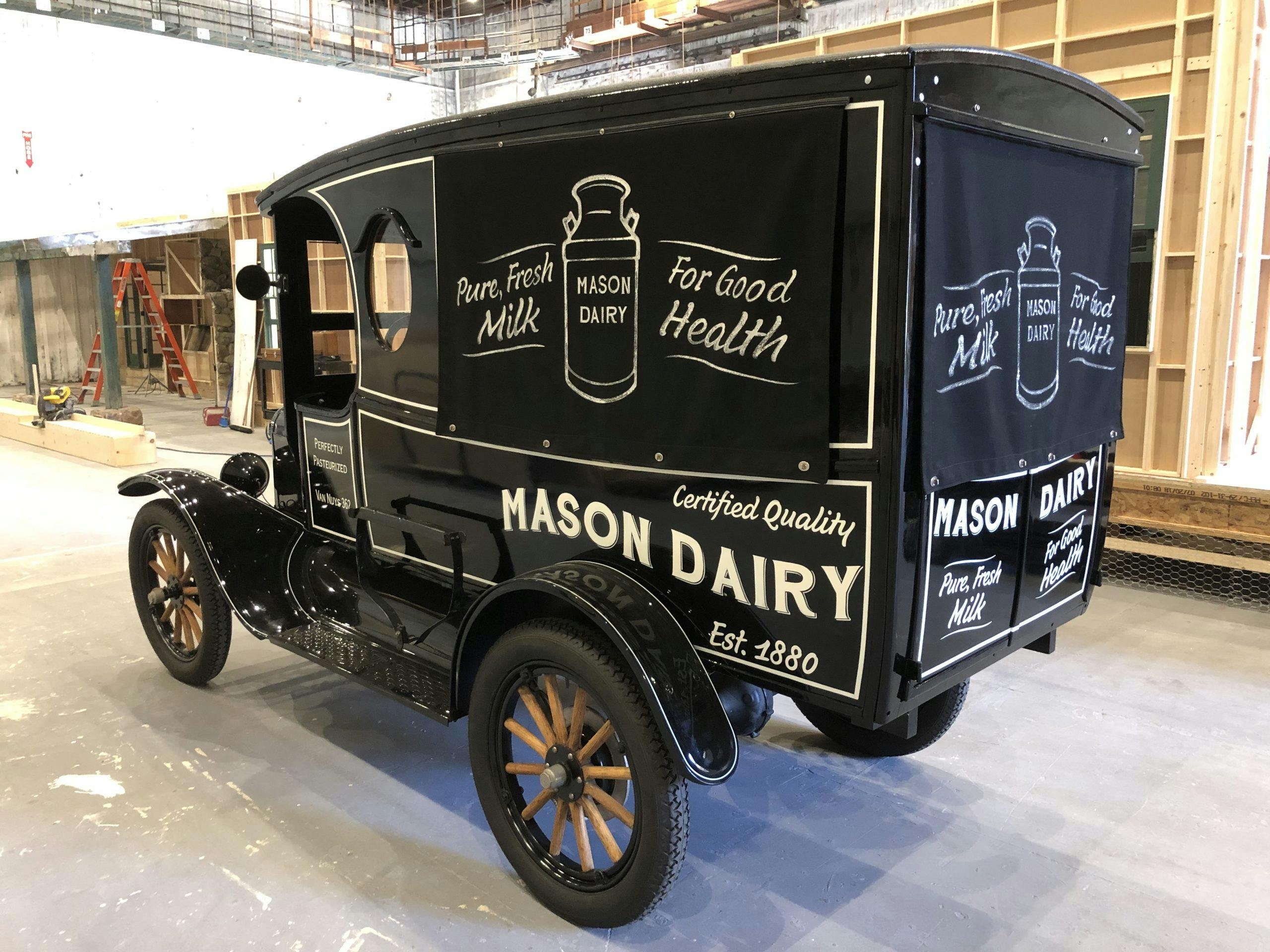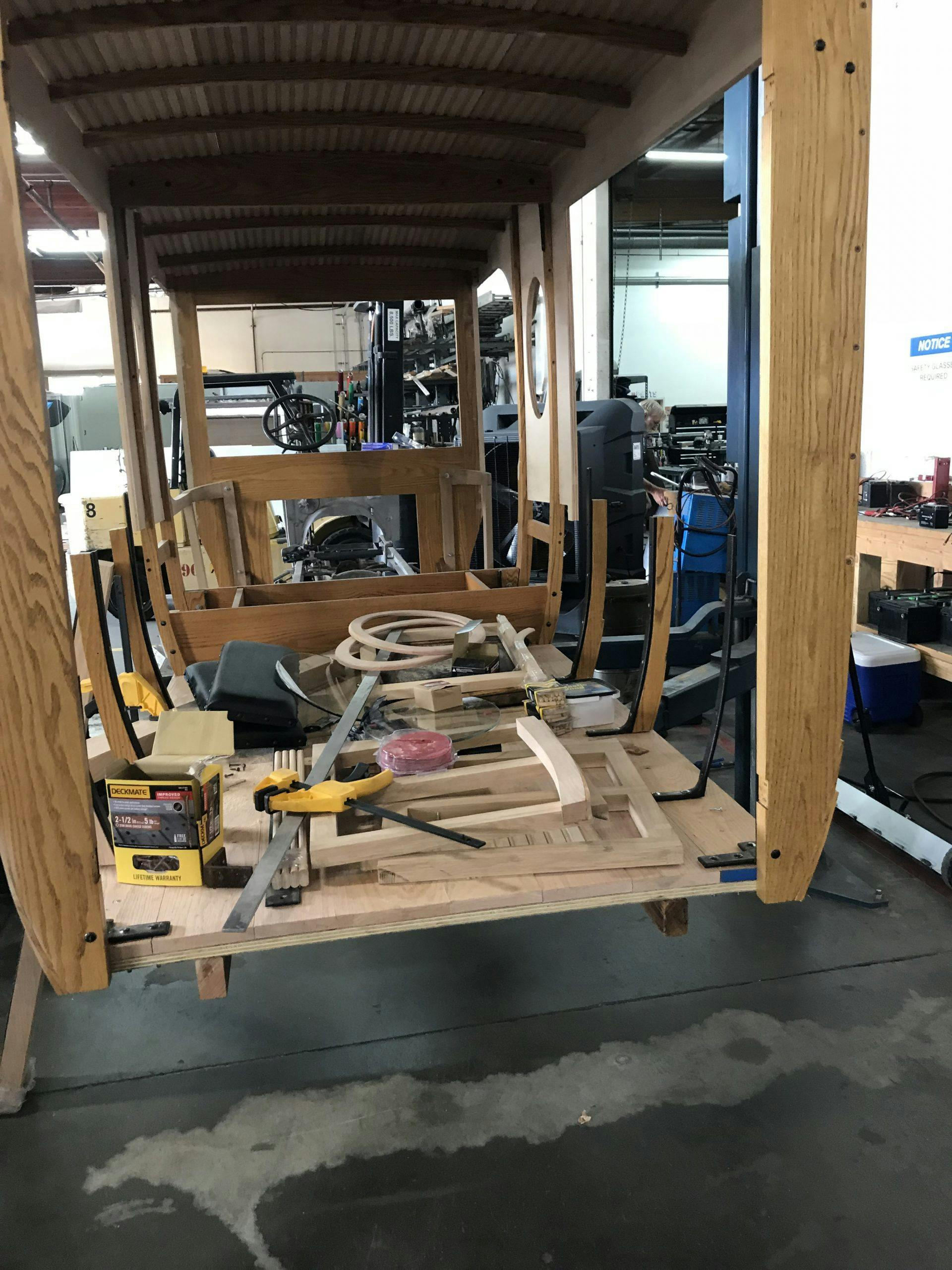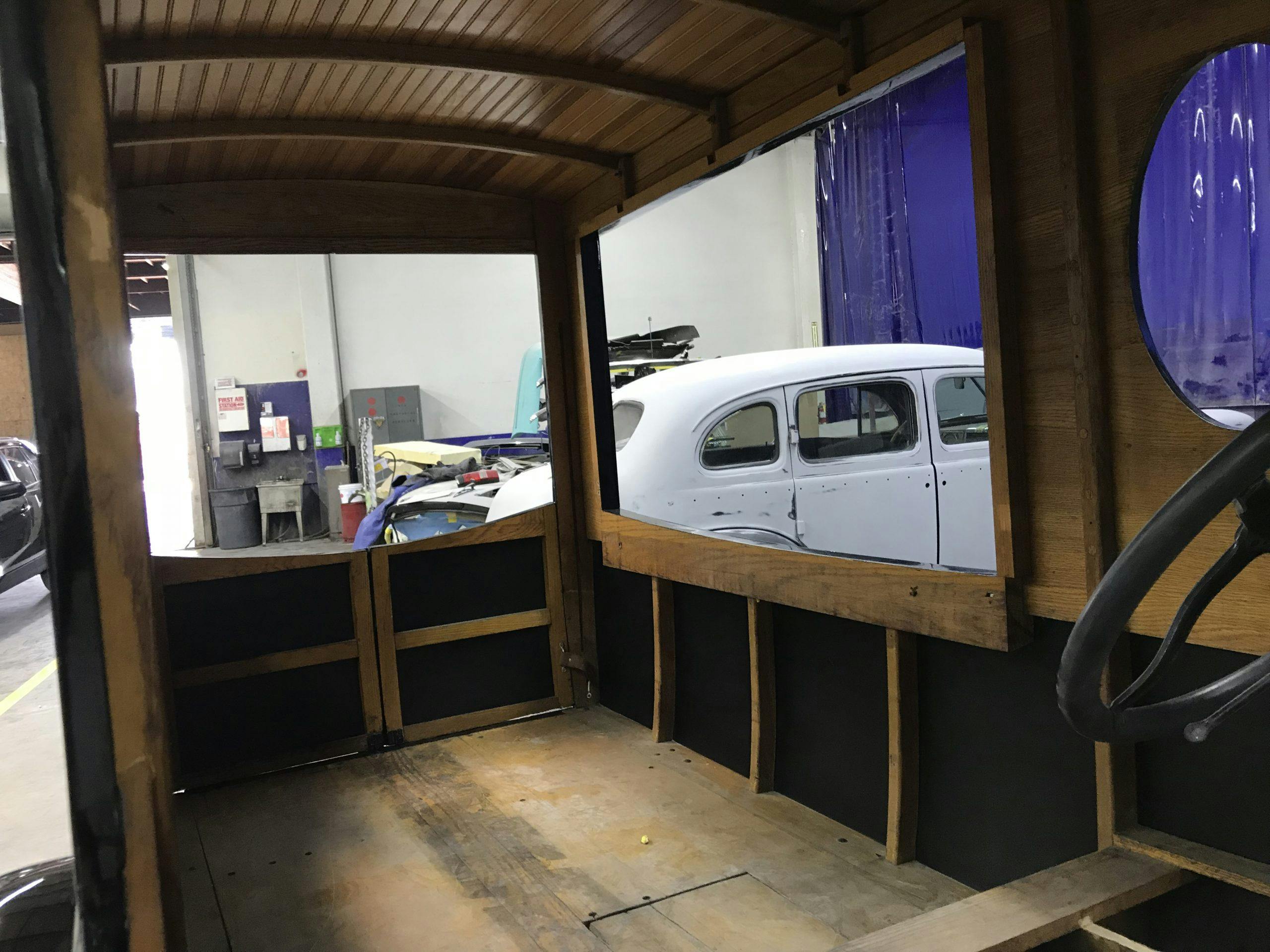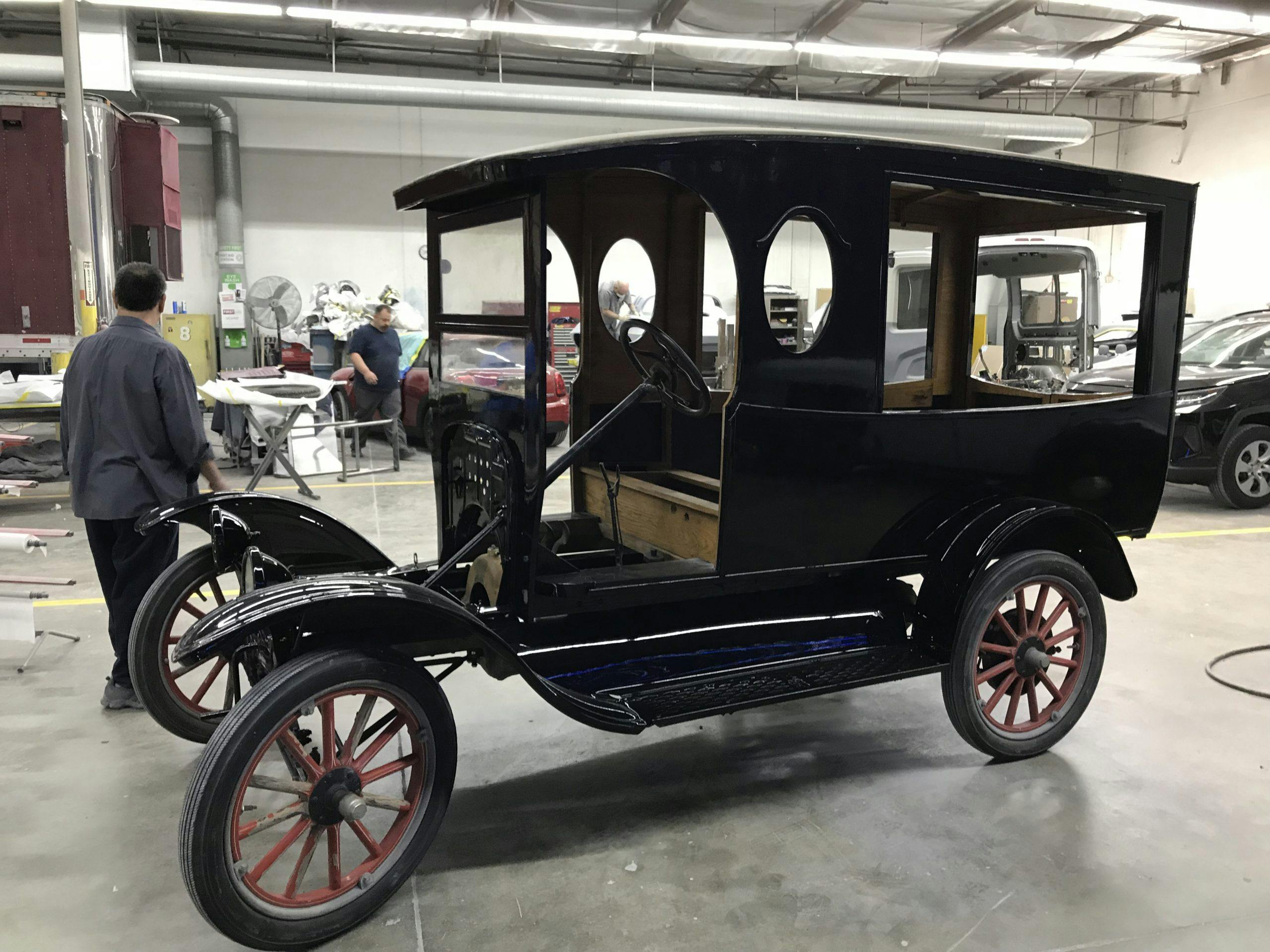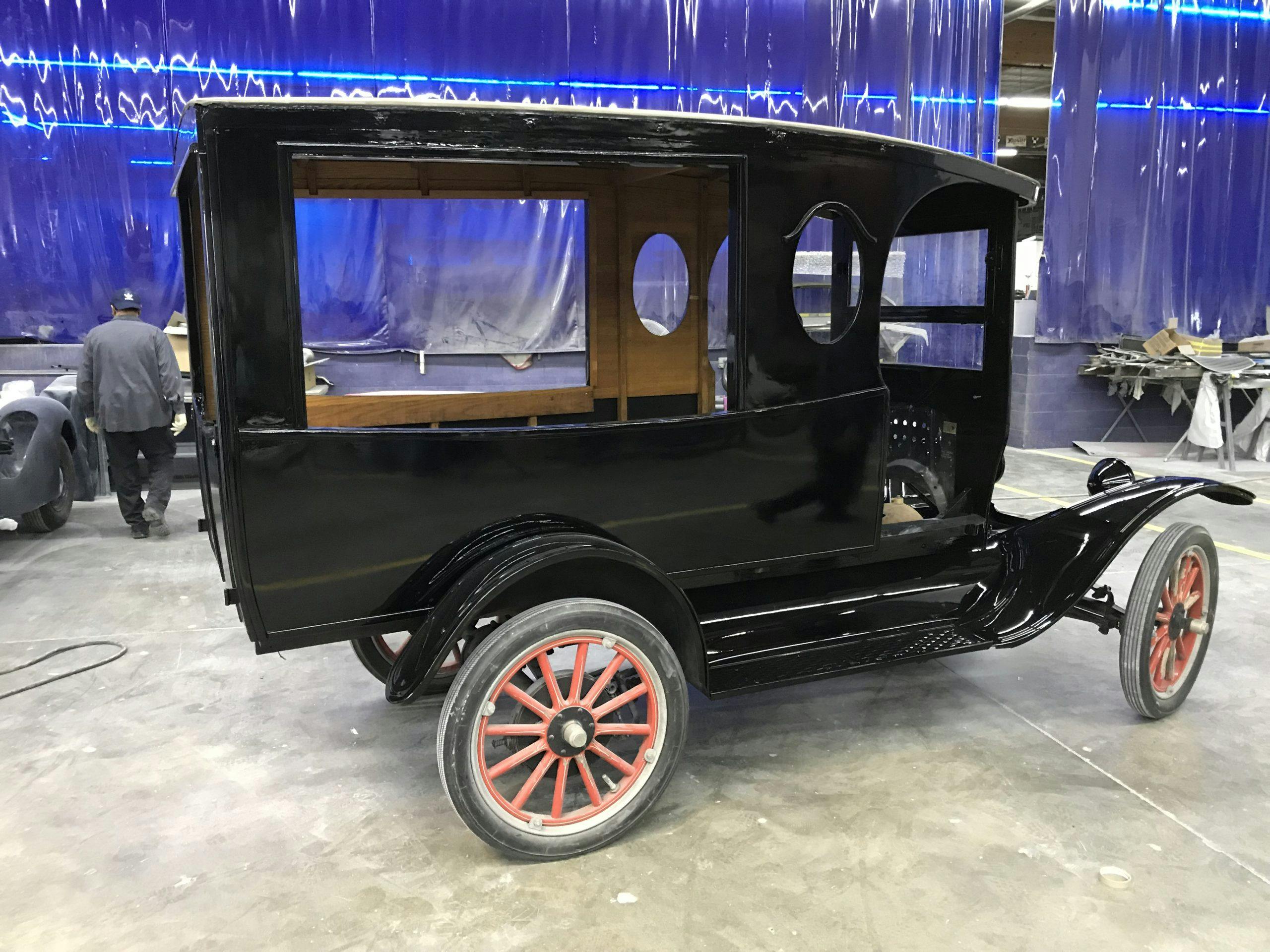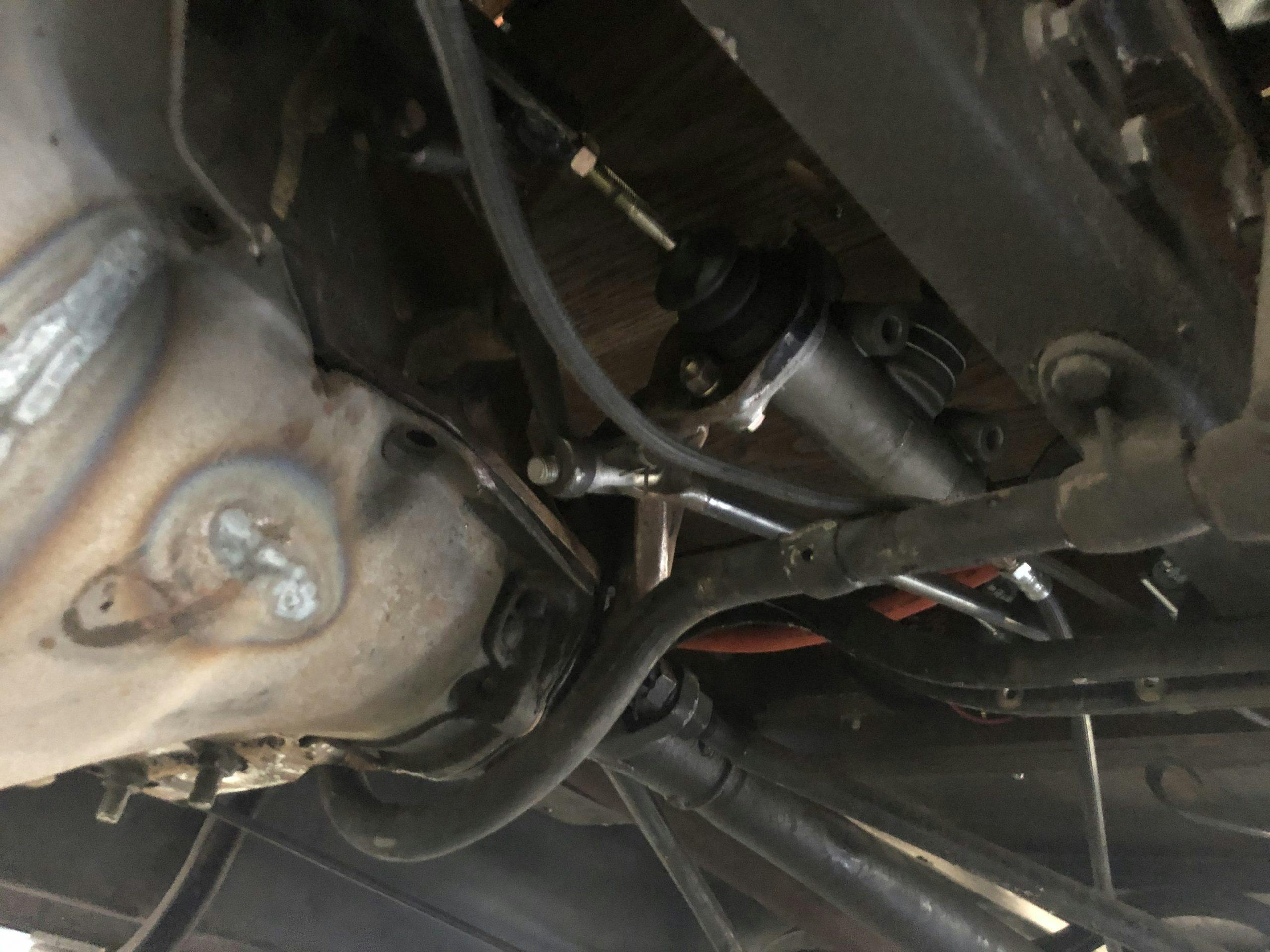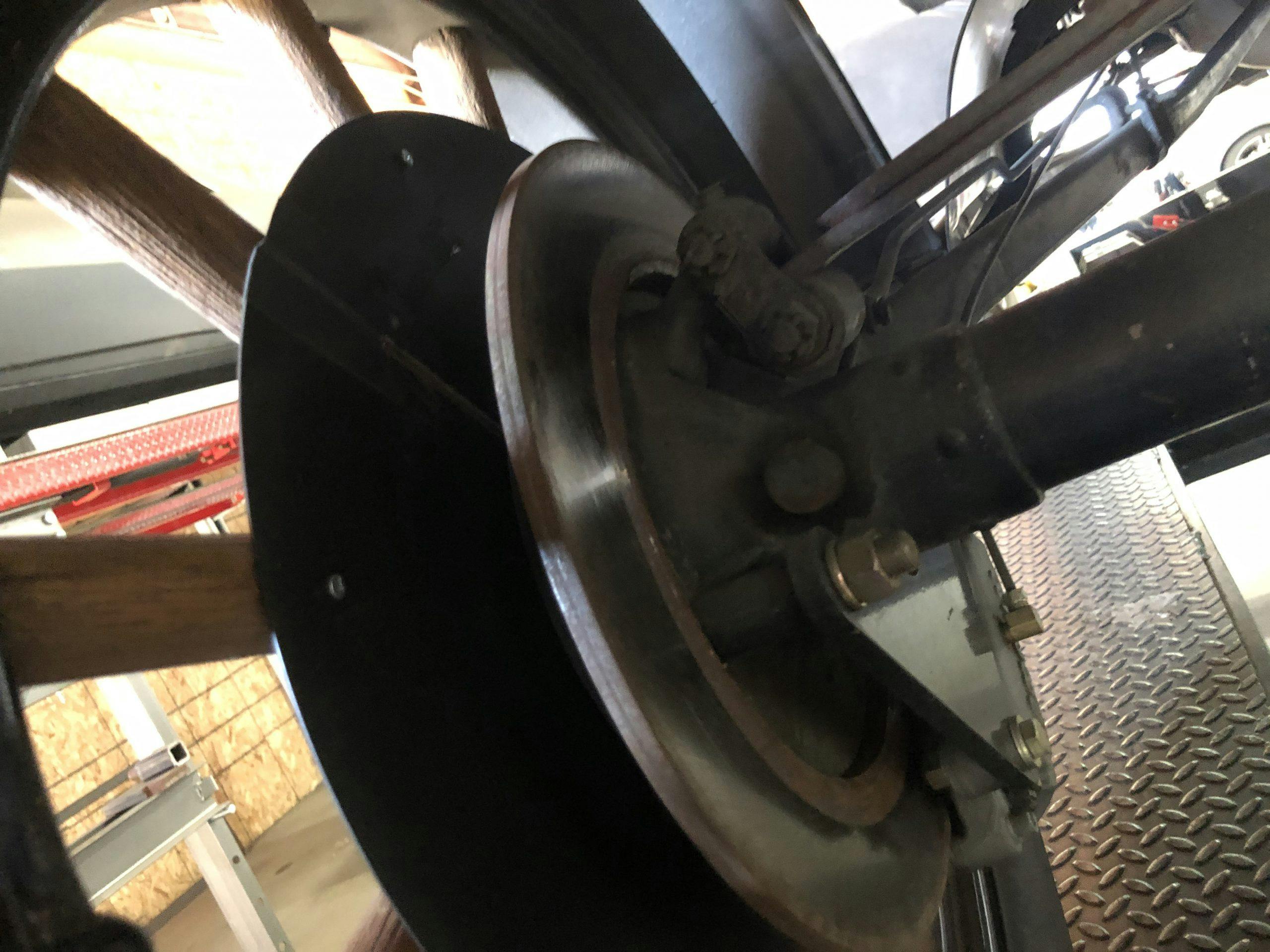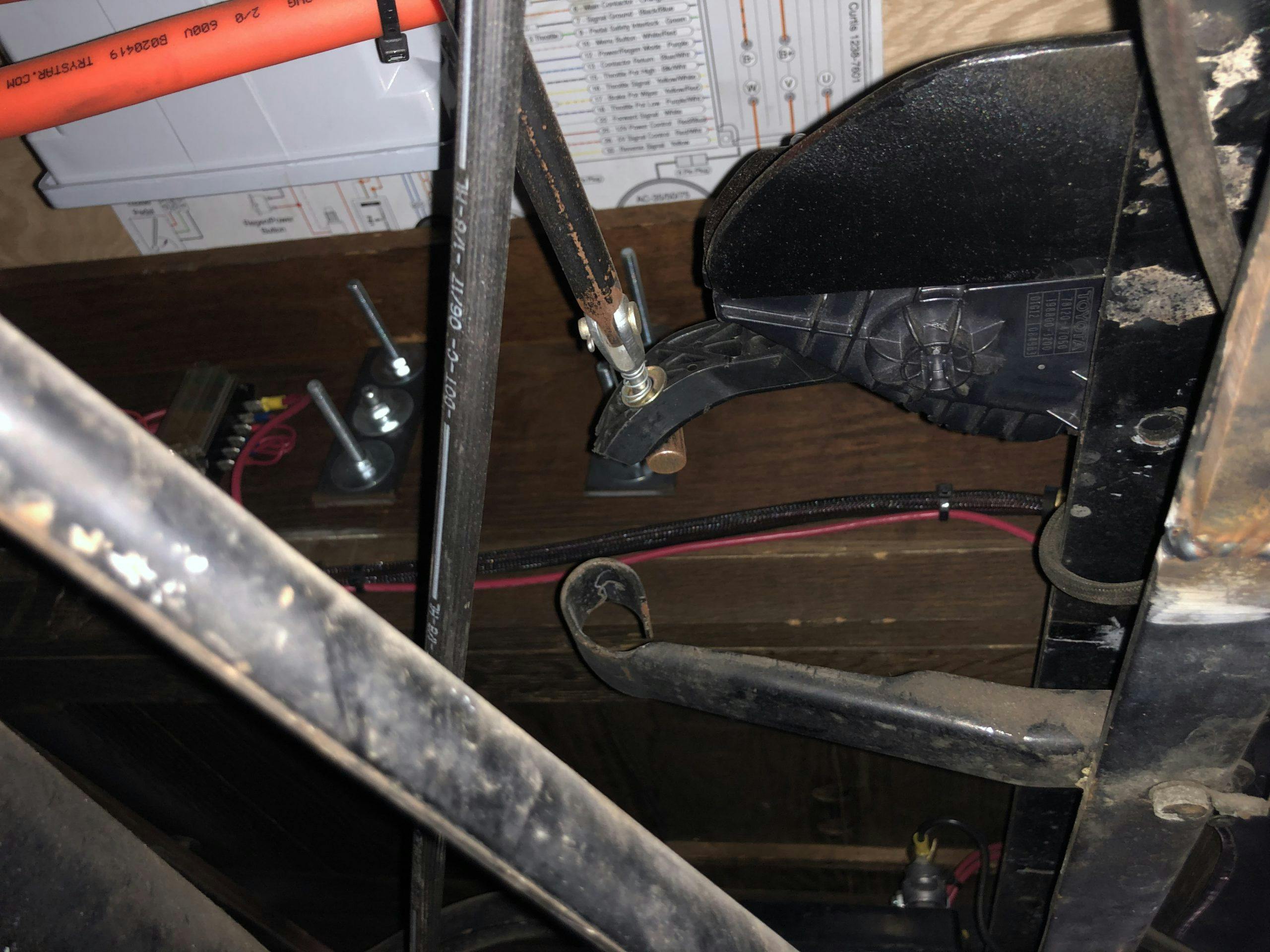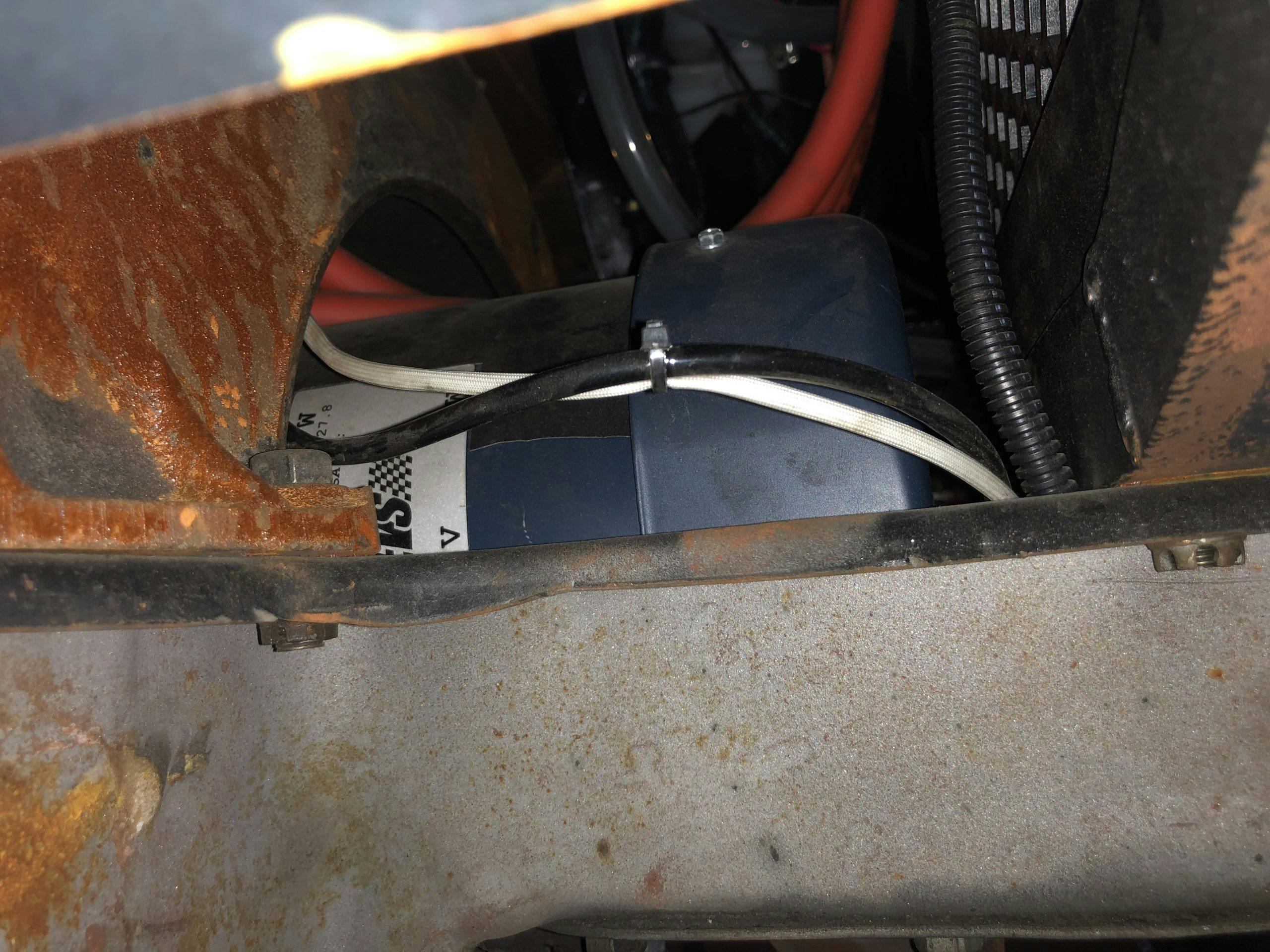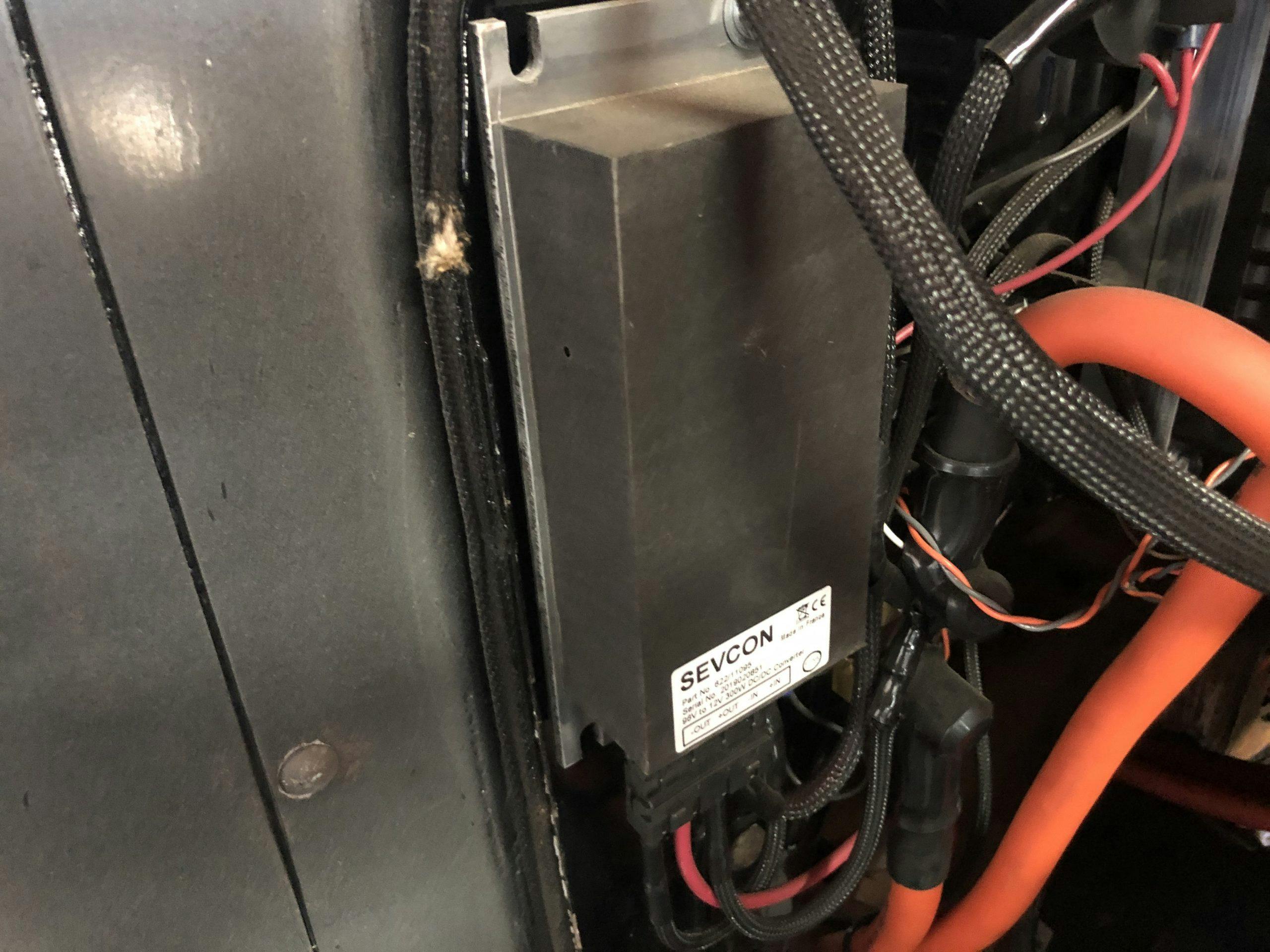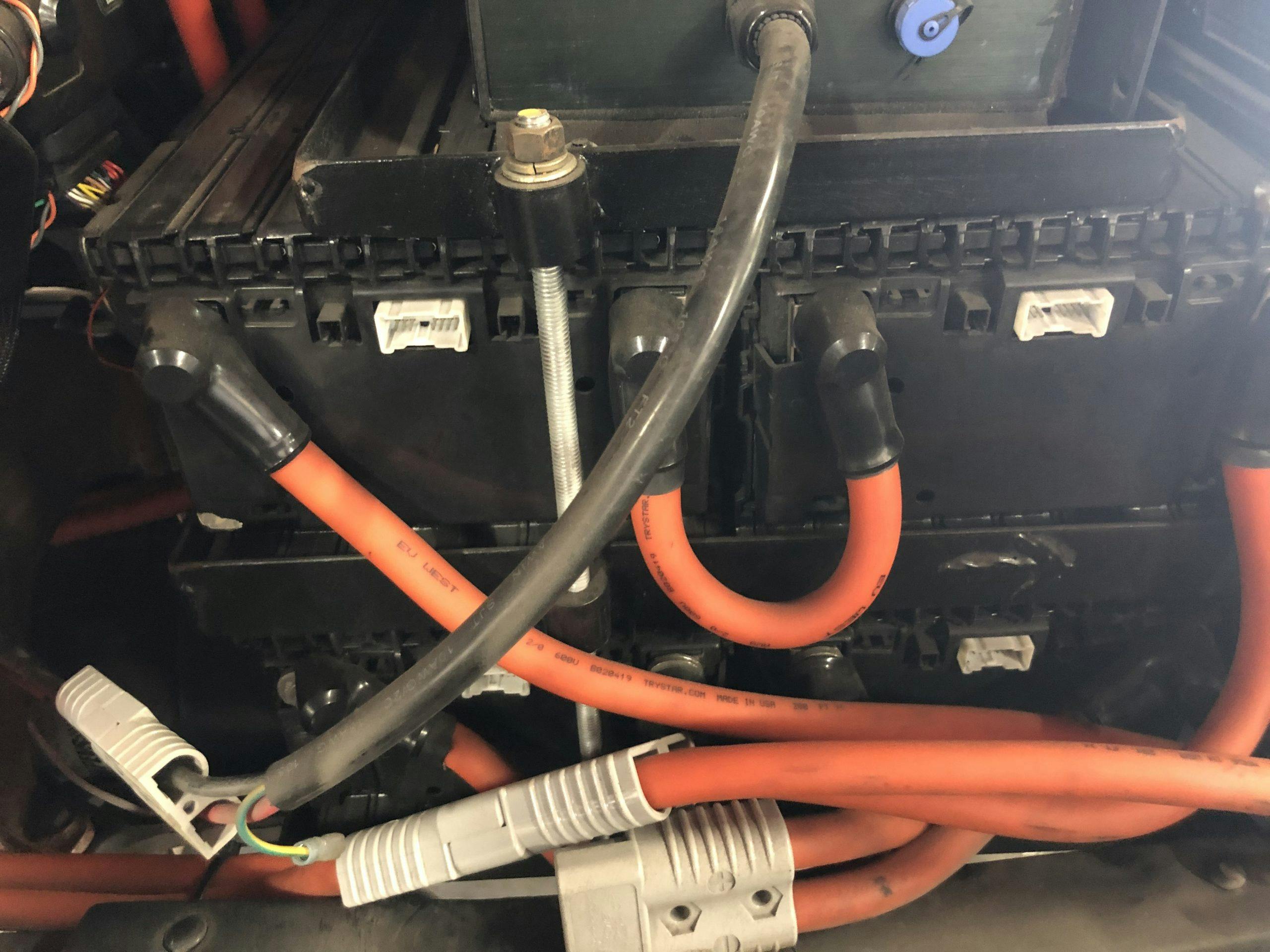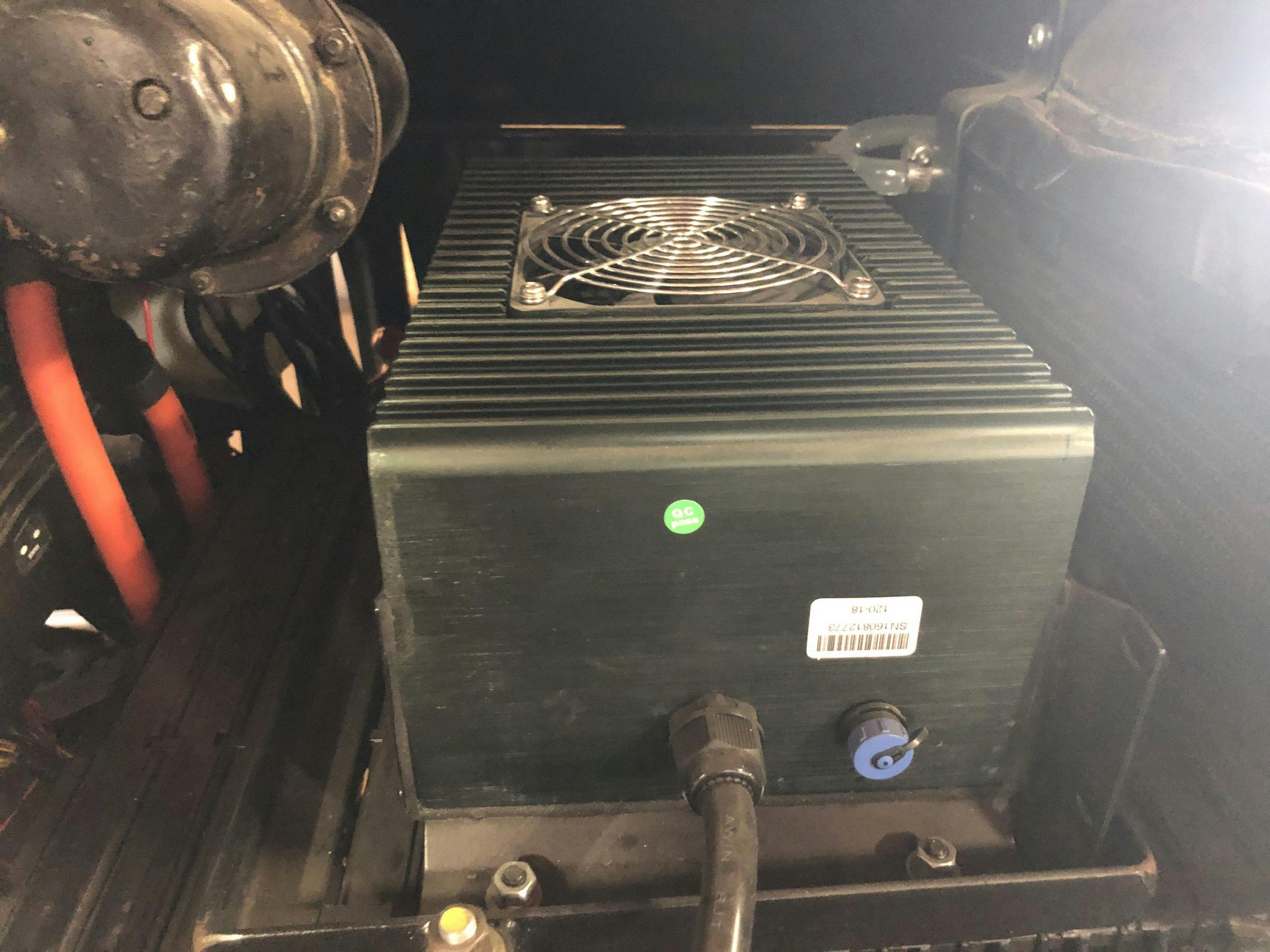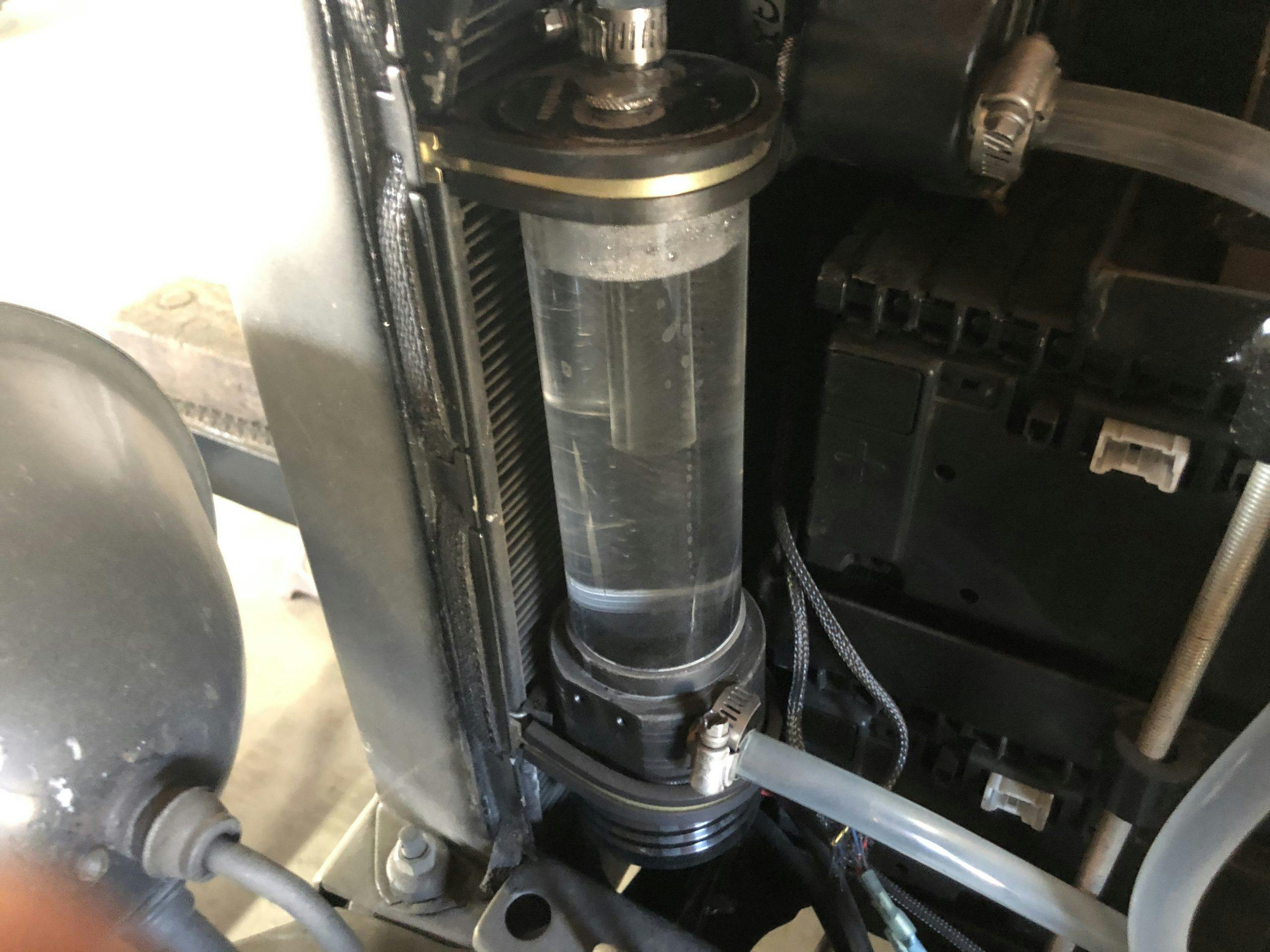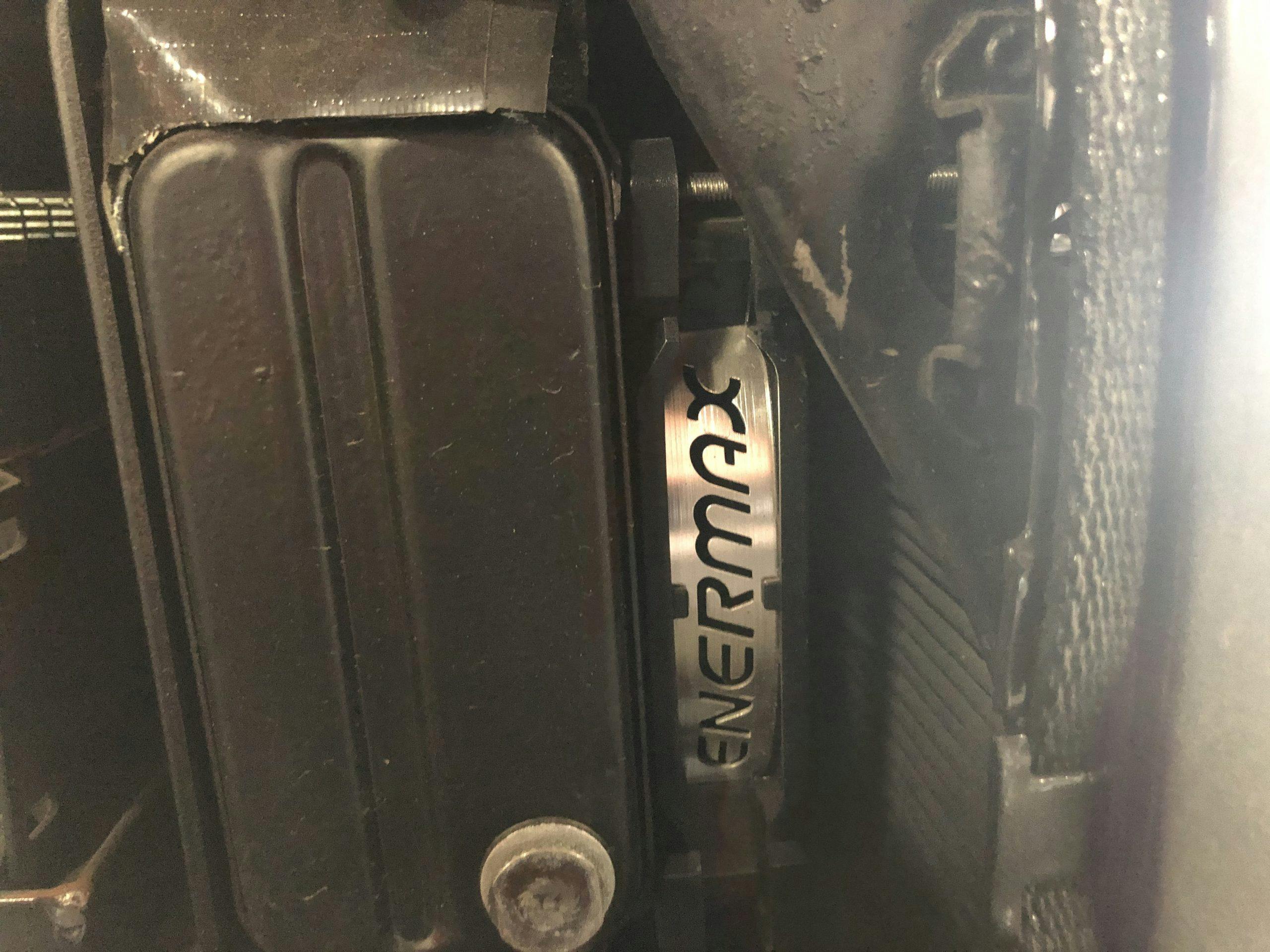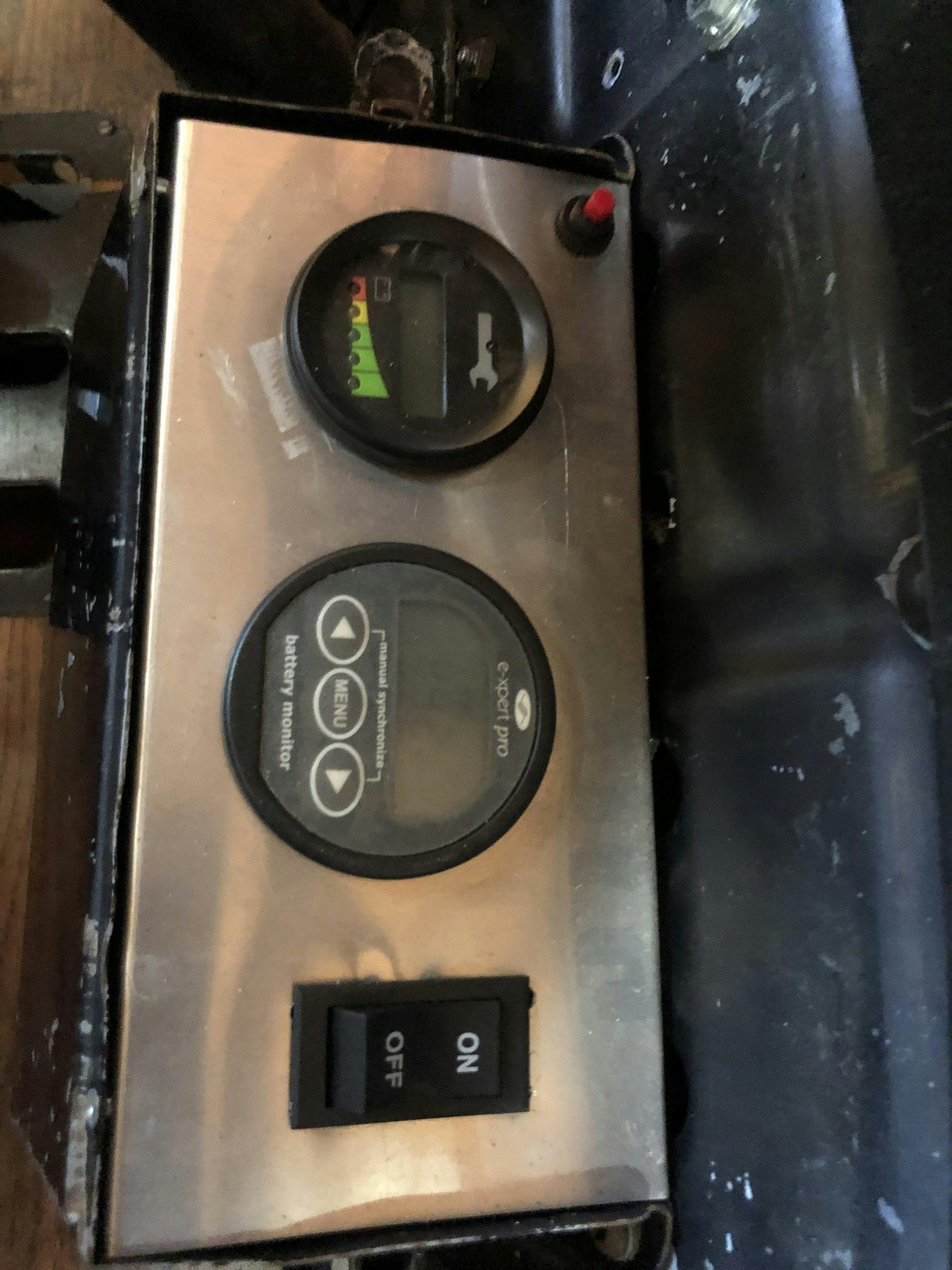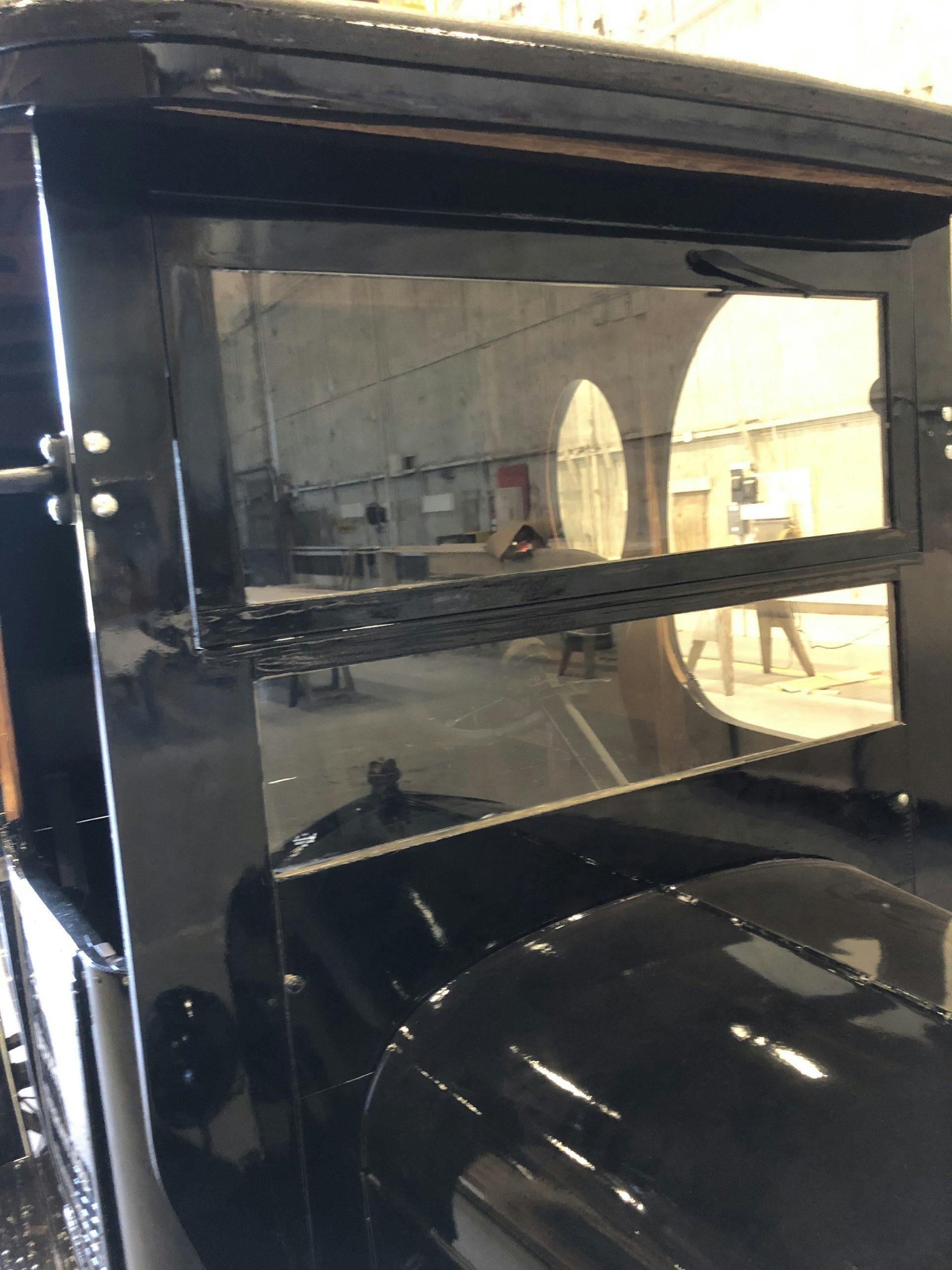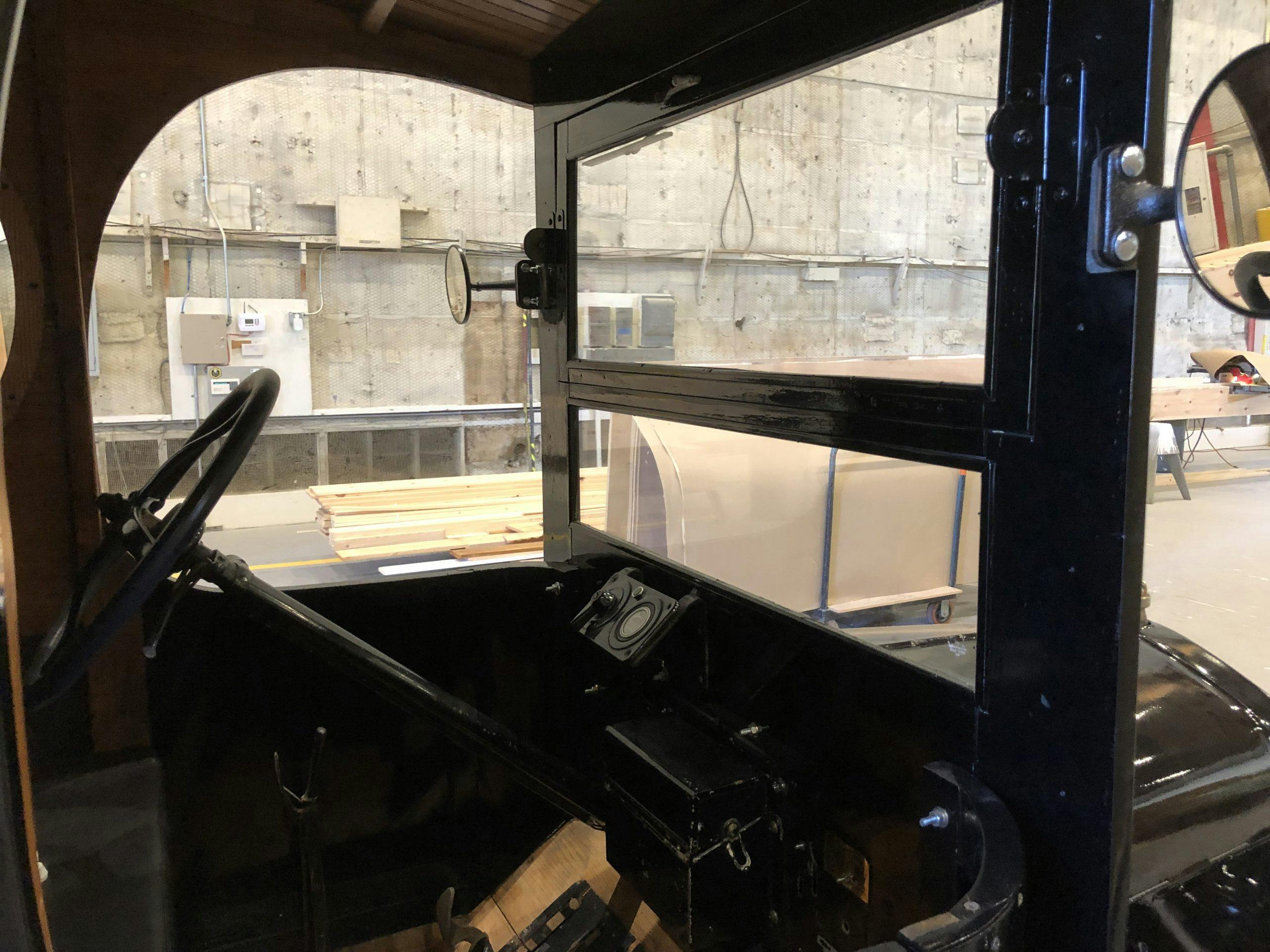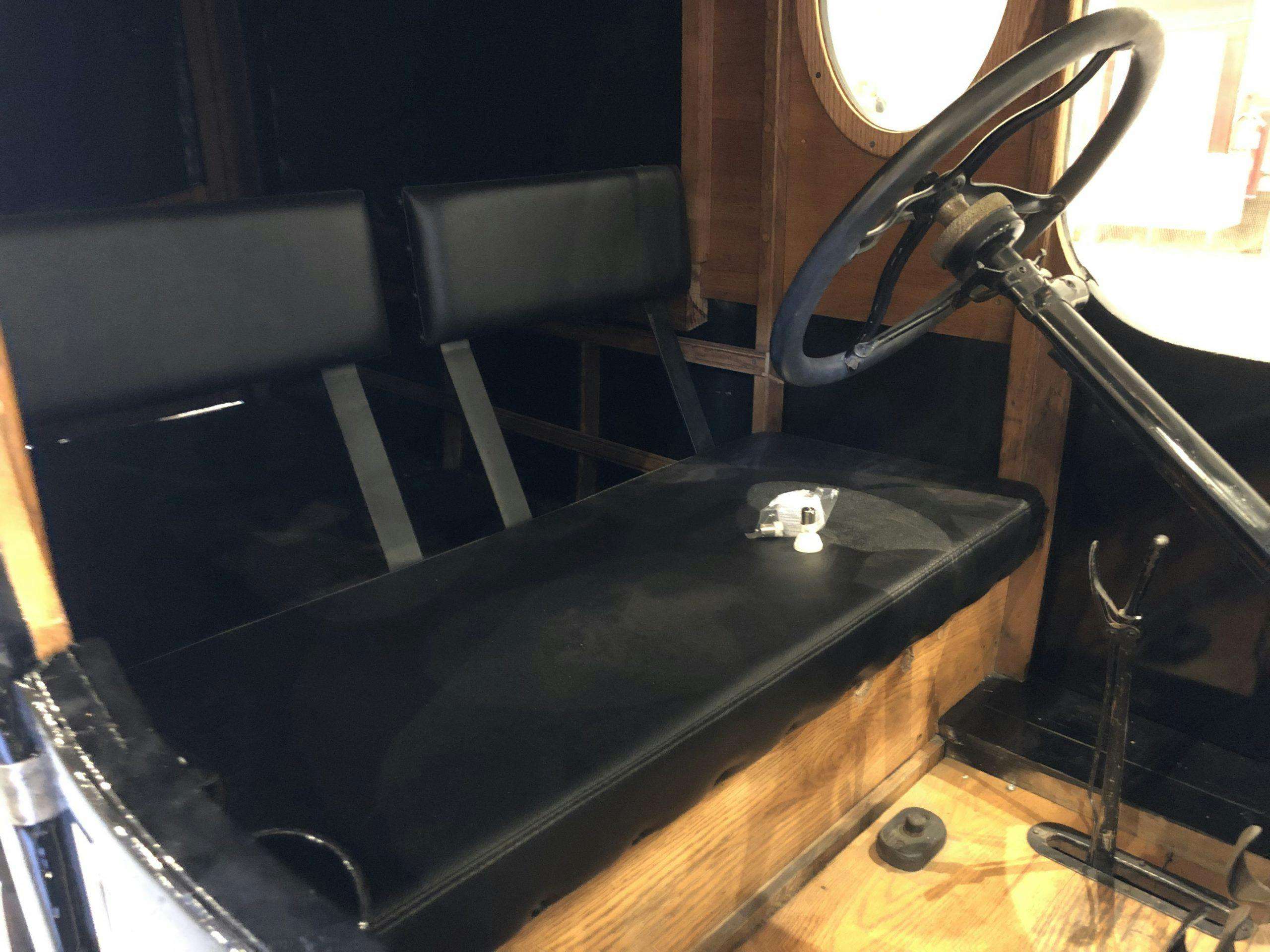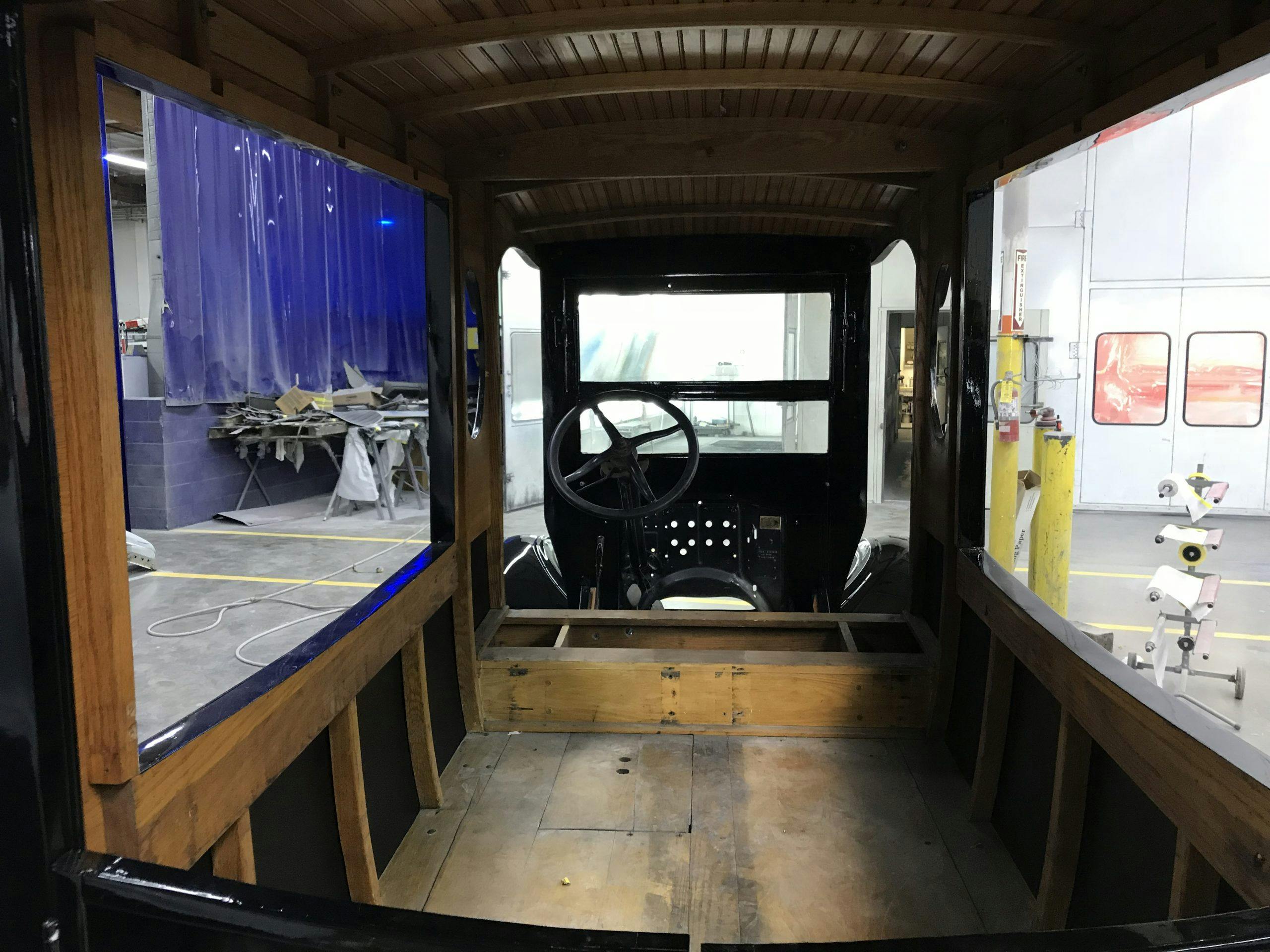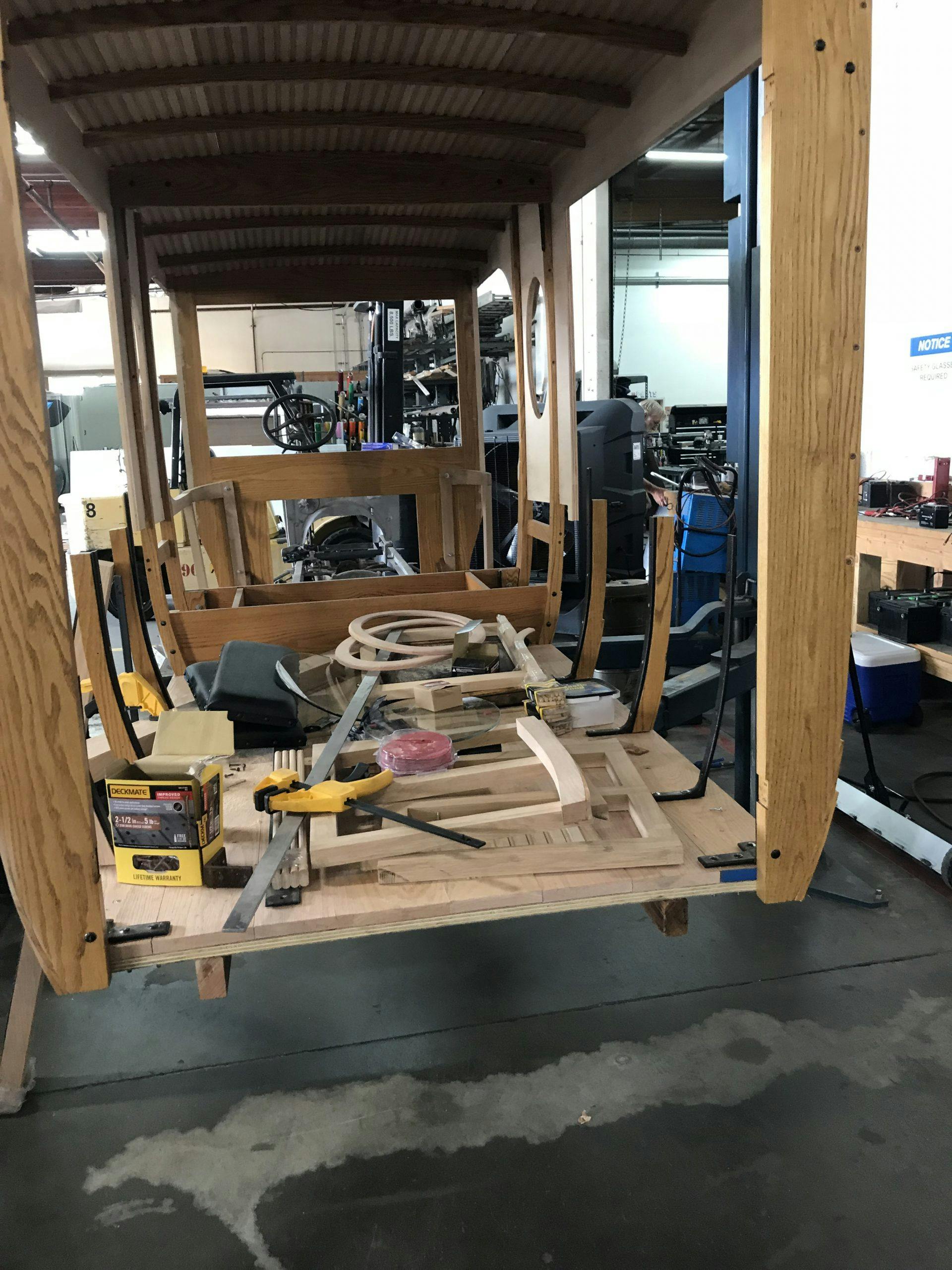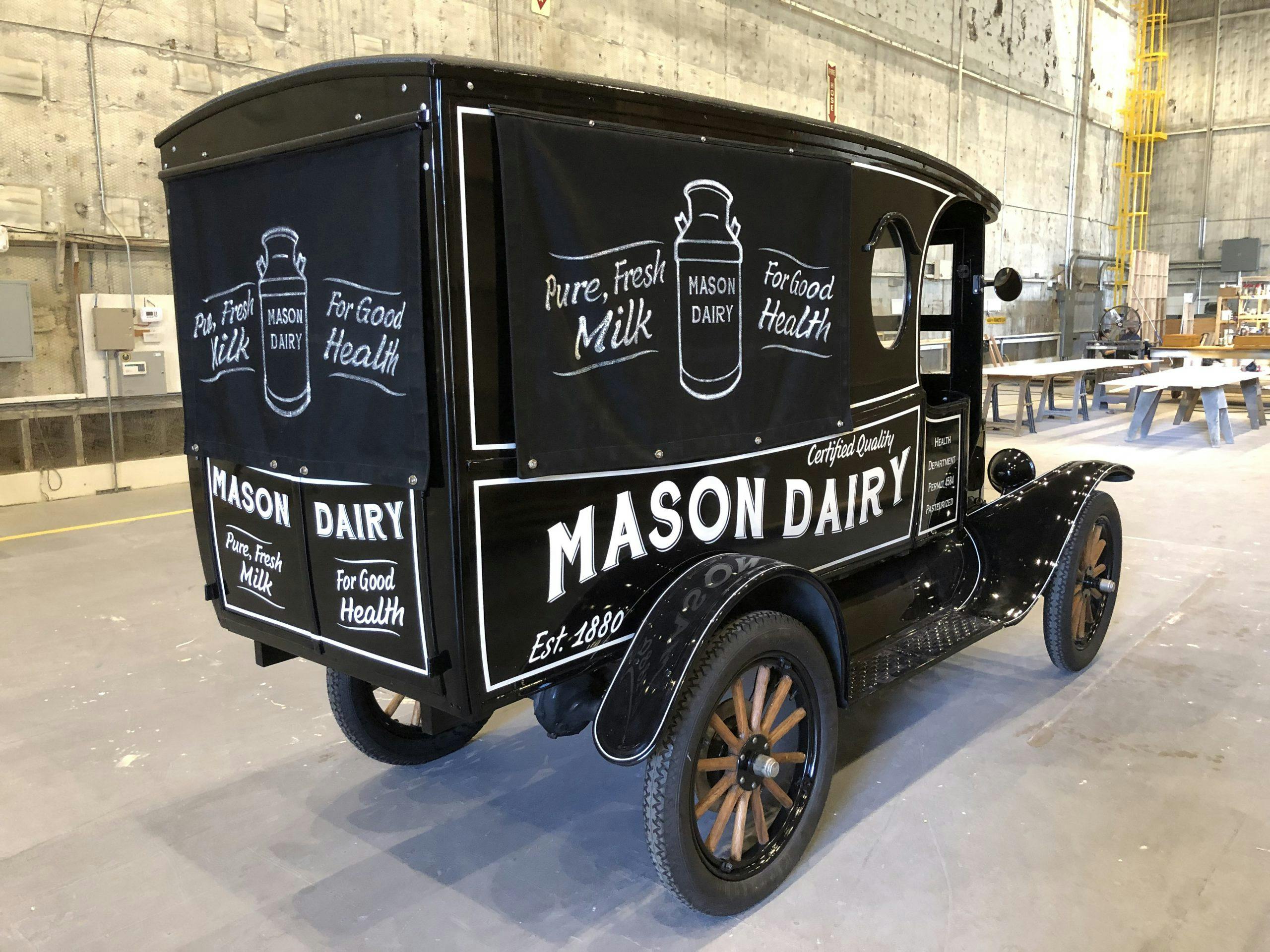Media | Articles
This Model T milk truck EV shares the limelight in HBO’s Perry Mason reboot
“He said, flinging the words over his shoulder, ‘But you’re a better detective than you are a lawyer. When you turn your mind to the solution of a crime, you ferret out the truth.’” — DA Hamilton Burger, Erle Stanley Gardner’s The Case of the Caretaker’s Cat
When asked what kind of man he is, Perry Mason admits he’s a piss-poor one. A crooked cop tells us Perry’s a bum, and only a bum would hire him. He’s “an unsavory character … with shoddy penmanship.” His ex-wife doesn’t know what his job is, only that it involves poking around people’s dirty linens, hanging out at the morgue, and getting his nose knocked in twice a week. Not many people have a particularly high opinion of Perry Mason, including the man himself. But a case gets its hooks into the P.I., and it starts to change Perry.

In HBO’s new take on an old character, Perry Mason is a detective story about a downtrodden private eye. Though the show’s atmosphere feels noir, noir is fatalistic—its characters doomed. But Perry Mason is, at its heart, more hardboiled than noir. Underneath the show’s grim surface, there is something that feels like hope, idealism, and justice. It’s a story about outsiders up against a corrupt system, oppressive mores, Hollywood artifice, and hypocrisy everywhere. And at the center of this dark, indifferent world is reluctant hero Perry Mason (Matthew Rhys).
In WWI, Perry was given a blue ticket (military discharge) after killing comrades who were too wounded to escape and survive an oncoming gas attack. More than a decade later, Perry’s in Los Angeles, working as a private eye, still dealing with the pain of the past. Attorney E.B. Jonathan (John Lithgow), a father figure to Perry, hires him to investigate after baby Charlie Dodson is kidnapped and murdered and the baby’s parents are blamed. The case gets under his skin. Maybe it’s because Perry recognizes himself in Emily Dodson (Gayle Rankin), someone who’s made mistakes and is now being crushed by a system much bigger than them both. Perry Mason finds himself wanting to help people in a way that no one helped him. He’s fighting another war.
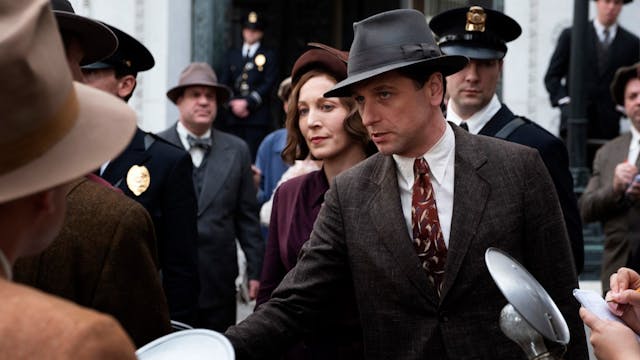
Its critics have pointed out that the new Perry Mason doesn’t feel like the old Perry Mason. Even the theme song is different. (The show’s elegant, haunting score is composed by six-time Grammy-winning jazz trumpeter Terence Blanchard.) The series—directed by Tim Van Patten (Boardwalk Empire, Deadwood, Sopranos) and Deniz Gamze Ergüven (Mustang, Kings)—has the works of Raymond Chandler, Chinatown, and Sidney Lumet’s The Verdict in its DNA. This may be a darker, dirtier iteration than we’re used to, but the spirit of the original Perry Mason is here. It hews closer to Erle Stanley Gardner’s 1930s pulp-fiction novels than the Raymond Burr-starring series. Gardner’s Mason spends more time on the streets searching for the truth than he does in a courtroom. But Gardner’s novels never delve into the character’s backstory or personal life. Here, we get to watch how he stumbles his way toward becoming the impassioned defender of the falsely accused. Even his supporting characters are given richer backstories, from Della Street (Juliet Rylance) to Paul Drake (Chris Chalk). Perry Mason is an origin story.
Marketplace
Buy and sell classics with confidence
When the series begins, Perry is down-and-out, miserable, making morally questionable choices to pay the bills. He’s the only Mason left, still living on his family’s dairy farm. To get around town, he drives his parents’ old milk truck. The truck is in bad shape, admittedly an embarrassment. When Perry tells Della he can drive them to a meeting in his truck, Della responds, “We could if the plan was to make the world’s worst impression.”
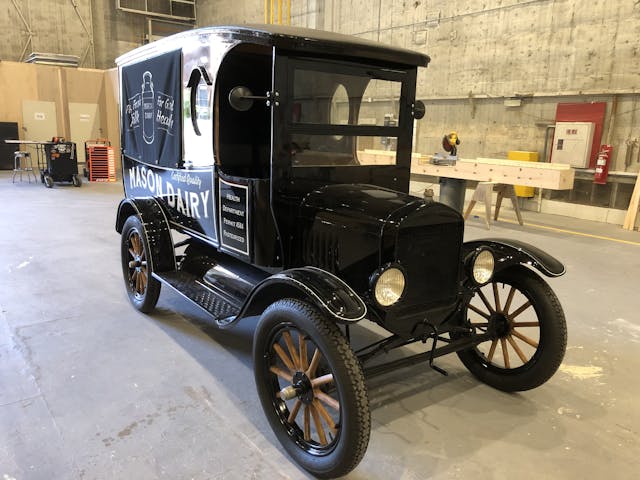
According to Perry Mason’s picture car coordinator Brian Gurney (True Detective, Snowfall, Fifty Shades Darker), they found Perry’s 1924 Model T in Texas. Before its transformation, it was a Budweiser delivery truck that the company had restored and preserved. Mechanics John Bowman and Charlie Arnone converted the hero car’s drivetrain to electric, building a new electric engine to replace the original factory four-cylinder gasoline one. These modifications and upgrades helped speed the car up to 35 mph for scenes where the standard 15–20 mph was just a little too slow.
As filming progressed, Gurney said they realized they’d need a second truck to avoid damaging the hero car. They found a stunt double for a short chase where Perry has to drive up and down a curb and Della reverses it through a cemetery. (The double was also converted to electric.) Gurney explained that production “wanted to make sure that they got those shots” in case something happened when the car went off the curb. “Cars these days have aluminum and metal, but these were all wooden [spokes], so if they went off the curb at a high rate of speed, we weren’t sure what they would do. So we just wanted to make sure during the filming process that we had all of that.”
When Gurney’s team finished the truck, it was beautiful, polished black with crisp stenciling that reads “Mason Dairy Est. 1880” and “Pure, Fresh Milk For Good Health.” Much of this work was undone by the art department—for good reason. Gurney explained that he “gave it to the art department and they knocked everything down, and it brought the car to where his character matched [it]. I think the art department really did a very nice job. A really nice, shiny car wouldn’t have really fit that character.” After the Model T’s final weathered and beaten transformation, it’s impossible to imagine a truck better suited to Perry.

Though most of the show’s cars are standard for the period, there were a couple vehicles that Gurney and his team were excited to find. One of them was the milk truck, of course, and the other is the Durant that Sister Alice (Tatiana Maslany) drives, a “key piece” for the show. Her glossy black-and-white car with the Radiant Assembly of God’s insignia on the side contrasts starkly with Perry’s timeworn Model T. William C. Durant co-founded Chevrolet and General Motors and went on to establish Durant Motors in 1921, but the company shuttered in the early ’30s, finished off by the Great Depression. Though Durant came from money, he fell from grace and lost his fortune; when he died, he was a bowling alley manager in Michigan. The luxury car with a spotless, polished exterior that belies its tragic backstory has poetic resonance with the arc of Alice and her church. Like Perry and his truck, Alice’s car matches her.
Brian Gurney called Perry Mason “one of the most challenging” jobs he’s done. The hard work paid off, and the end result is immaculate. From its sets to its costumes and its cars, the design of Perry Mason demonstrates meticulous attention to detail, not only in getting 1930s Los Angeles right, but in illuminating the characters and bringing their sprawling, noirish world to life. Perry’s milk truck is a relic from a past that he both clings to and is tormented by, a truck as shabby and rundown as he is. It’s the perfect expression of the man Perry Mason is when his story begins.

